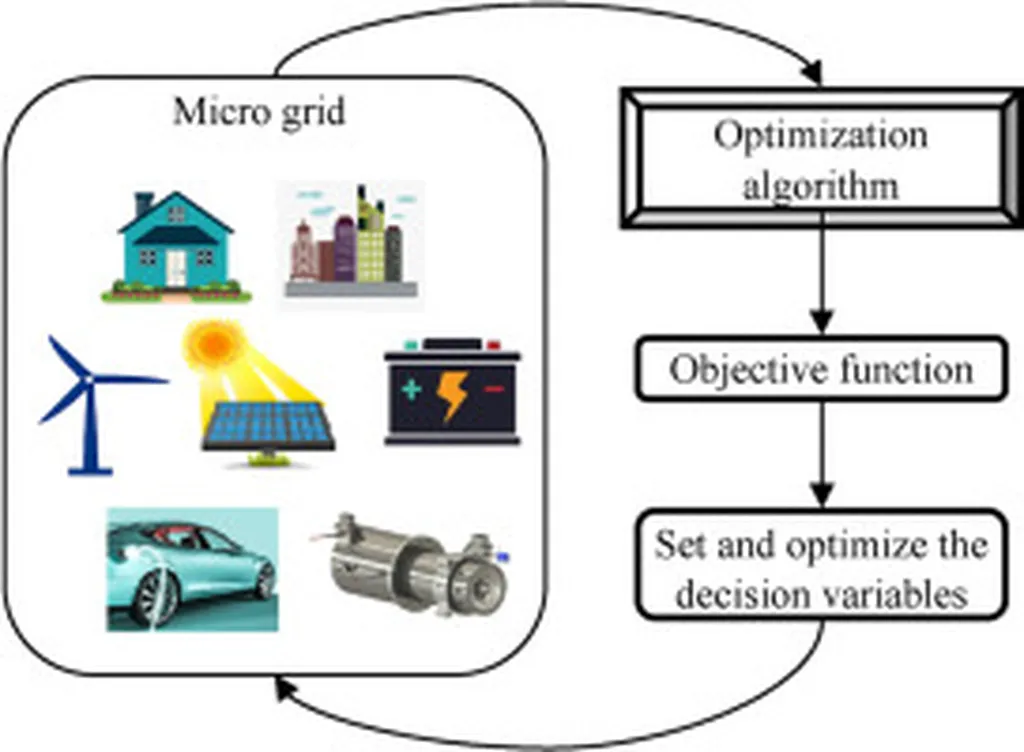In the rapidly evolving energy landscape, the integration of renewable sources and electric vehicles (EVs) into power distribution systems is creating both opportunities and challenges. A recent study published in the journal *Energies*, titled “Co-Optimization of Market and Grid Stability in High-Penetration Renewable Distribution Systems with Multi-Agent,” offers a novel approach to addressing these complexities. Led by Dongli Jia of the China Electric Power Research Institute Co., Ltd. in Beijing, the research presents a dynamic dispatching method that harmonizes market mechanisms with grid stability requirements, potentially reshaping how energy systems operate in the future.
The study focuses on the intricate balance between market dynamics and the physical characteristics of power grids, particularly in systems with high penetration of renewable energy sources like photovoltaics (PVs) and wind turbines (WTs). Jia and his team propose a multi-agent transaction model that incorporates voltage regulation metrics and network loss considerations into market bidding mechanisms. This innovative approach aims to optimize the coordination between renewable energy, energy storage, and EV integration.
One of the key aspects of the research is the differentiated scheduling strategy for EVs, which categorizes vehicles based on usage patterns and charging elasticity. This strategy is designed to enhance the overall efficiency of the power grid by managing peak demand and optimizing renewable energy utilization. “Our method introduces a dynamic coordinated optimization approach for EV clusters, which not only improves voltage stability but also aligns economic incentives with technical objectives,” explains Jia.
The study’s methodological innovations include an enhanced scheduling algorithm for coordinated optimization of renewable energy and energy storage, as well as a dynamic coordinated optimization method for EV clusters. These advancements were tested on a modified IEEE test system, demonstrating significant improvements in voltage stability through price-guided energy storage dispatch. The case studies highlight the system’s capability to dynamically regulate storage operations to enhance reactive power support during critical periods.
The implications of this research are far-reaching for the energy sector. By bridging market participation with operational resilience, the study provides system operators with a holistic tool for managing high-renewable penetration networks. This could lead to more efficient and stable power distribution systems, ultimately benefiting both consumers and energy providers.
As the energy transition continues to gain momentum, the findings of this research offer actionable insights for developing interoperable electricity market architectures. “This work establishes a theoretical linkage between electricity market dynamics and grid security constraints, contributing to the development of more resilient and efficient energy systems,” Jia notes.
Published in the open-access journal *Energies*, this study underscores the importance of integrating market mechanisms with grid stability requirements in the pursuit of a sustainable energy future. The research not only advances our understanding of high-penetration renewable distribution systems but also paves the way for innovative solutions that can drive the energy sector forward.

